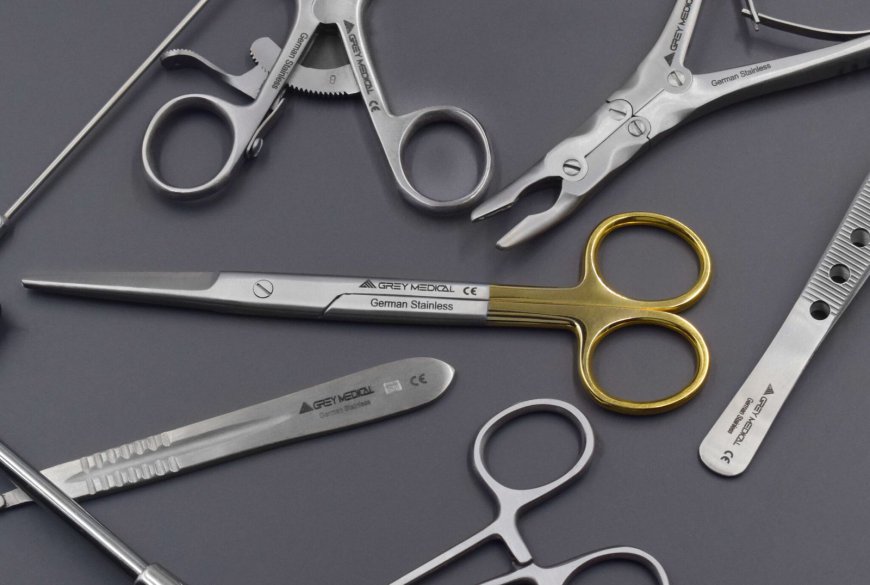The Essential Role of Scissors in Surgical Procedures
scissors application
The Essential Role of Scissors in Surgical Procedures
In the world of surgery, precision is paramount, and the tools used by healthcare professionals are designed to provide just that. Among the most essential tools are surgical scissors, which are used in various specialties to cut tissues, sutures, and other materials. This blog delves into the importance of scissors application in surgical practice, focusing on their diverse applications and the critical role they play in ensuring successful outcomes for patients.

Surgical Scissors: A Staple in Every Operating Room
Surgical scissors come in many different shapes and sizes, each tailored for specific tasks. From delicate tissue dissection to cutting sutures, these instruments help surgeons maintain control and achieve the desired outcome during complex procedures. Surgical scissors are typically made of high-quality stainless steel for strength, sharpness, and durability. Some scissors are designed with specific tips for precision cutting, while others are meant for cutting tougher tissues or materials like sutures and ligaments.
One of the most commonly used surgical scissors is the Metzenbaum scissor, known for its long, slender blades and sharp tips. It is ideal for delicate tissue dissection during procedures like hernia repairs, appendectomies, or skin grafting. Another type of scissor frequently used in surgeries is the Mayo scissor, which comes in straight or curved varieties and is often used to cut heavier tissues, such as fascia or muscle.
Scissors in Trauma and Emergency Care
Scissors also play a crucial role in trauma care and emergency medical situations. Trauma scissors, also called paramedic scissors, are designed to quickly cut through tough materials like clothing, seatbelts, or bandages when a patient requires immediate care. In emergency rooms, these scissors are used for rapid assessment and intervention, enabling healthcare providers to focus on stabilizing the patient as quickly as possible.
Ambulance personnel and first responders also rely on trauma scissors to cut through clothing and access injured areas. This quick access allows them to assess wounds and administer necessary treatments, such as wound cleaning or dressing, with minimal delay. The sturdy design of trauma scissors ensures they can withstand the stress of cutting through materials while still providing precision and control.
Pediatric Surgery: Specialized Scissors for Young Patients
Pediatric surgeons use specially designed scissors for operating on children. Pediatric scissors are usually smaller in size, with rounded tips for added safety. This design minimizes the risk of injury while ensuring the surgeon can perform delicate tasks with precision. Pediatric scissors are often used in procedures like circumcisions, cleft lip repairs, and other minor surgeries where the precision of the cut is crucial.
Because children's skin and tissues are more sensitive than those of adults, it is essential to use specialized tools that prevent damage. Pediatric scissors allow healthcare professionals to perform their tasks with minimal discomfort to the child and reduced risk of complications during the procedure.
The Advancements in Scissors Design
Surgical scissors have evolved significantly over the years, incorporating advancements in both materials and ergonomics. Titanium scissors, for example, are lighter than stainless steel versions while offering comparable durability and sharpness. Some modern scissors feature ergonomic handles, designed to reduce hand fatigue during long procedures. This is particularly important for surgeons who may spend hours in the operating room, ensuring that the tools remain comfortable and easy to control.
Additionally, advancements in coating technology have led to the development of non-stick scissors, which are ideal for cutting through sticky tissues or sutures. These scissors are coated with materials that reduce the friction between the blades and the tissue, ensuring a smoother, more efficient cut.
Conclusion
Medical scissors are a cornerstone of surgical practice, used for a variety of tasks ranging from delicate tissue dissection to emergency care. Their versatility, precision, and design allow surgeons to perform procedures efficiently while minimizing risk to the patient. As technology advances, the design and functionality of scissors continue to improve, ensuring that these essential tools remain at the forefront of medical practice. With their widespread use in trauma care, pediatric surgery, and routine procedures, scissors continue to play an indispensable role in ensuring the safety and success of medical treatments.

 Greymedical
Greymedical